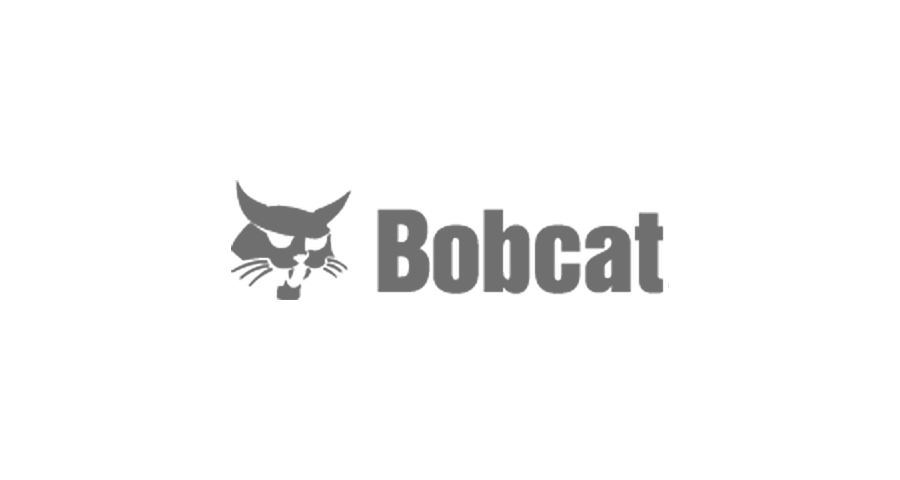Types of Welding and Fabrication for Heavy Equipment

What You Should Know About Heavy Equipment Welding and Fabrication
Welding is an essential component of heavy equipment maintenance. Keeping these machines safe and functional year after year is vital, so technicians need to understand how to repair and maintain them. However, welding and fabricating heavy equipment is no easy task. These machines are frequently located in remote areas and are commonly subjected to harsh elements. Therefore, it’s essential to understand how to repair these machines and keep them in working order. This review article explores the ins and outs of heavy welding equipment. It also discusses the various types of welding and the importance of practicing safe welding procedures and safety gear. Read on to discover everything you need to know about heavy equipment welding and fabrication.

What are Welding and Fabrication?
Welding is a process that joins two pieces of metal or other materials together. Fabrication is when a piece of metal is shaped into a specific form. The two methods are very different, and welding is often used to join metal together. In fabrication, a welder shapes the metal into a specific form with a torch. This shape is usually done by heating the metal and then pulling it away from the metal with a unique tool. Welding is a process that joins two pieces of metal together.

Types of Welding and Fabrication for Heavy Equipment
Several types of welding and fabrication are essential when maintaining heavy equipment. Here is a brief overview of each type. – Shielded Metal Arc Welding (SMAW) – Used for joining metals that are not magnetic, such as mild steel. The arc in the weld is shielded with gas. – Gas Metal Arc Welding (GMAW) – Used for joining metals that are not magnetic, such as carbon steel. The arc in the weld is shielded with gas. – Flux-Cored Arc Welding (FCAW) – Welded with a rod containing a flux that melts at a specific temperature and forms a weld. – TIG Welding – A type of welding that uses a high-frequency welding process, which produces a different type of weld than FCAW. – Oxy-Fuel Torch – A type of welding that uses an oxy-fuel torch, which is sometimes used for repairs.

Why Are Welding and Fabrication Important for Heavy Equipment?
Welding and fabrication are essential for heavy equipment maintenance because they make the different welding types. SMAW, GMAW, FCAW, and TIG welding are the four types of welding commonly used to repair, maintain, and fabricate heavy equipment. Different types of welding produce additional welds, which help build different kinds of equipment. For example, a SMAW weld will not make a strong enough weld to construct a gear or plate with a high strength rating, but it will produce a weld that is not magnetic, which is very important for specific machines.

What We Know
Welding and fabrication are essential for heavy equipment maintenance. The four most common types of welding and fabrication for heavy equipment are shielded metal arc welding, gas metal arc welding, flux-cored arc welding, and Tig welding. Shielded metal arc welding is excellent for joining metals that are not magnetic, such as mild steel. Gas metal arc welding is excellent for joining metals that are not magnetic, such as carbon steel. Flux-cored arc welding is welded with a rod that contains a flux that melts at a specific temperature and forms a weld. Finally, Tig welding uses high frequencies to produce a different type of weld than FCAW. These welding methods have other welds that are useful for various equipment, such as the strength of the weld and if the equipment is magnetic or not. This makes welding and fabrication essential for heavy equipment maintenance.
Before and After Fabrication
Detroit Equipment performs heavy equipment repair, mobile line boring hydraulic services, and field service of all heavy equipment brands.
Please reach out to Joe at (313) 920-1810 for any inquiries.











